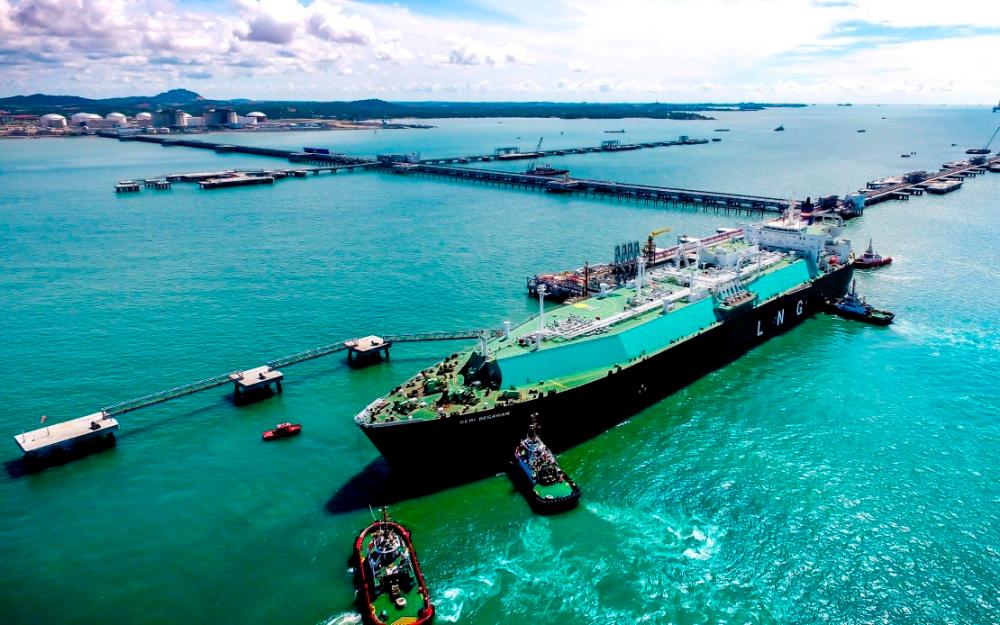KUALA LUMPUR: Projections indicate that Malaysia’s liquefied natural gas (LNG) production could rise to 32.5 million tonnes per annum (mtpa) in 2024, with the majority of incremental production originating from the Bintulu LNG complex, according to BMI, a Fitch Solutions company.
The research firm said the first quarter of 2024 saw the country’s LNG exports surge to a record high since 2013.
“According to Bank Negara Malaysia, estimates put total LNG exports for the quarter at 8 mtpa, marking an 8.6% year-over-year (y-o-y) increase from the same period in 2023.
“A key driver of this growth in LNG production and exports is the availability of feed gas for the Bintulu LNG plant,“ it said in a note yesterday.
BMI said Mubadala Development Company Oil and Gas Ltd, which operates Block SK320, commenced its first gas production from the Pegaga gas field in March 2022, supplying the Bintulu LNG plant.
The Pegaga gas field, with reserves of 3.16 trillion cubic feet (tcf), is expected to reach peak production of 550 million standard cubic feet per day (mmscfd) in early 2025, it added.
BMI said LNG plant utilisation rates in Malaysia are anticipated to climb in response to an influx of feed gas from new gas projects.
“Malaysia’s current total LNG production capacity stands at 32 mtpa, with 29.3 mtpa situated at the Bintulu plant in Sarawak.
“An increase in feed gas supplies for LNG production would enable Petroliam Nasional Bhd (Petronas) to boost utilisation rates across the nine liquefaction trains at the Bintulu plant,“ it said.
It added that the commencement of the 2 mtpa greenfield ZLNG project, a joint venture between Petronas and the Sabah Oil and Gas Development Corporation, is projected to elevate Malaysia’s total LNG production capacity to 34 mtpa by 2027 from 32 mtpa in 2022.
On the cost of LNG supply in Malaysia, BMI noted that it is expected to rise in line with increased feed gas production costs following Petronas’ decision to advance high-CO2 projects underscores its strategic objective to develop stranded domestic gas assets and sustain LNG production and exports.
However, it said it would be mitigated by Malaysia’s incentives to monetise capital-intensive and high-CO2 gas reserves for domestic consumption. – Bernama









